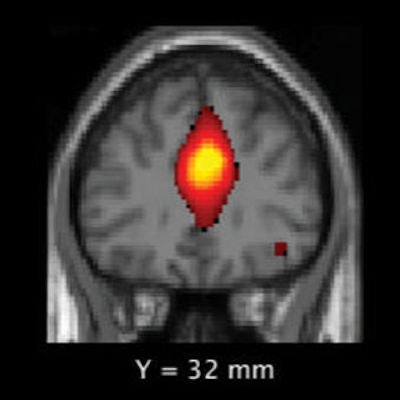
High-level head impacts during just one season of football for high school and younger players can disrupt the brain's process of "pruning" synapses in gray matter; this disruption can subsequently interrupt brain development, according to a study presented on Monday at RSNA 2018.
The process of pruning occurs naturally as people age, with the brain ridding itself of synapses that are no longer in use. Synapses provide a key connection that allows nerve cells to communicate with each other throughout the brain. While synapses are essential for proper neuronal performance and contribute to the formation of memory, pruning useless synapses increases brain functionality.
"Disruption in normal pruning has been shown to be related to weaker connections between different parts of the brain," said Gowtham Krishnan Murugesan, a research assistant in the radiology department at the University of Texas (UT) Southwestern Medical Center in Dallas. "Our study has found a significant decrease in gray-matter pruning in the frontal default mode network, which is involved in higher cognitive functions, such as the planning and controlling of social behaviors."
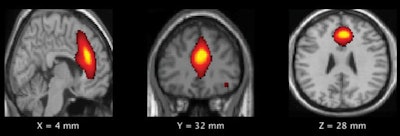 MR images of the frontal default mode network show brain regions where there was a significant difference in gray-matter volume between the high- and low-impact groups. Images courtesy of Murugesan et al and RSNA.
MR images of the frontal default mode network show brain regions where there was a significant difference in gray-matter volume between the high- and low-impact groups. Images courtesy of Murugesan et al and RSNA.This is the third year in a row that Murugesan and UT colleagues have presented results correlating brain changes with playing football. At RSNA 2017, they showed how MRI brain scans acquired before and after the start of the football season revealed abnormalities in young players' default mode network after only one season of play. And two years ago, current study co-author Elizabeth Moody Davenport, PhD, discussed how they saw changes in both structural and functional imaging after one season.
In the current study, the researchers analyzed 60 young football players with no history of developmental, neurological, or psychiatric issues and no history of concussion prior to or during the season. The subjects were divided into two groups: one included 24 players who experienced high-impact hits to the head during play, while the other had 36 players who experienced low-impact hits to the head.
The severity of head impacts was measured using specially designed head impact telemetry helmets, which the players wore during practice and games. The helmets are lined with accelerometers or sensors that measure the magnitude, location, and direction of impacts. Data from the helmets are used to calculate the risk of concussion exposure for each player.
The players also underwent functional MRI (fMRI) scans before and after the season to detect changes in spectral power in the brain's default mode network. The network includes structures that activate when a person is awake and engaged in introspection or the processing of emotions. Previous studies have shown that the spectral power of resting-state networks typically decreases as a person becomes older. Such declines are indicative of normal gray-matter pruning.
"We hypothesized that a season of contact sports will alter this relationship," Murugesan and colleagues wrote. "Specifically, there will be an increase in power of the default mode network and consequent change in gray-matter volume associated with normal pruning."
Their theory proved accurate, as the frontal default mode network demonstrated a significant increase in spectral power in the high-impact group (p = 0.00018), compared with results from the low-impact players. There was also a statistically significant increase in gray-matter volume in the same frontal regions of the default mode network for the high-impact group (p = 0.005).
Interestingly, the researchers also found that most head impacts occurred during practice. By replacing high-impact drills in practice with low- or no-impact drills, overall head impact exposure for players can be reduced, Murugesan suggested.
"Longitudinal studies are needed to understand the long-term changes in resting state networks and effects on functional brain health," the researchers added.



.fFmgij6Hin.png?auto=compress%2Cformat&fit=crop&h=100&q=70&w=100)

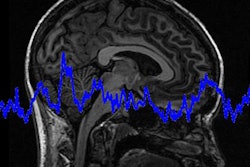
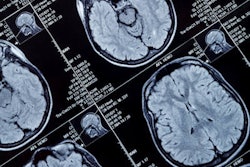
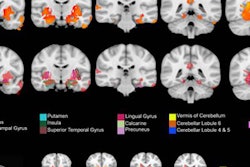
.fFmgij6Hin.png?auto=compress%2Cformat&fit=crop&h=167&q=70&w=250)











